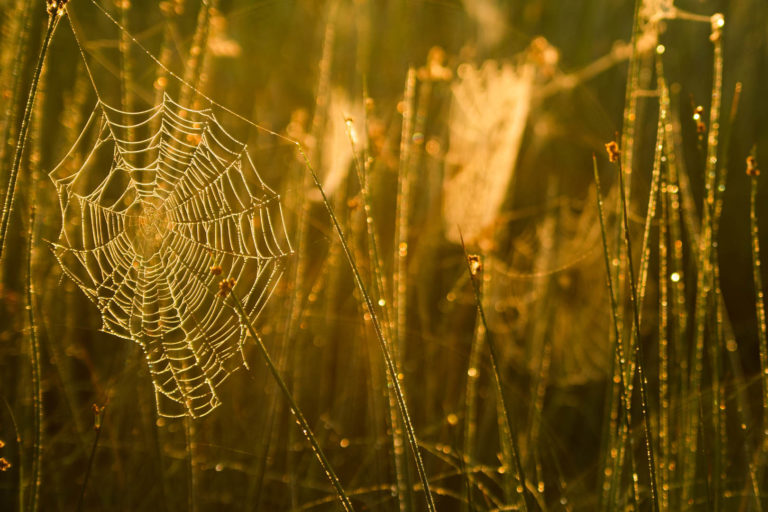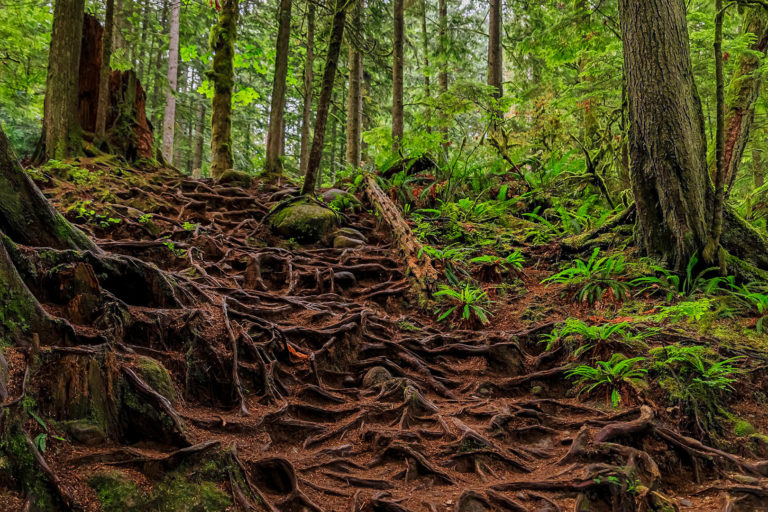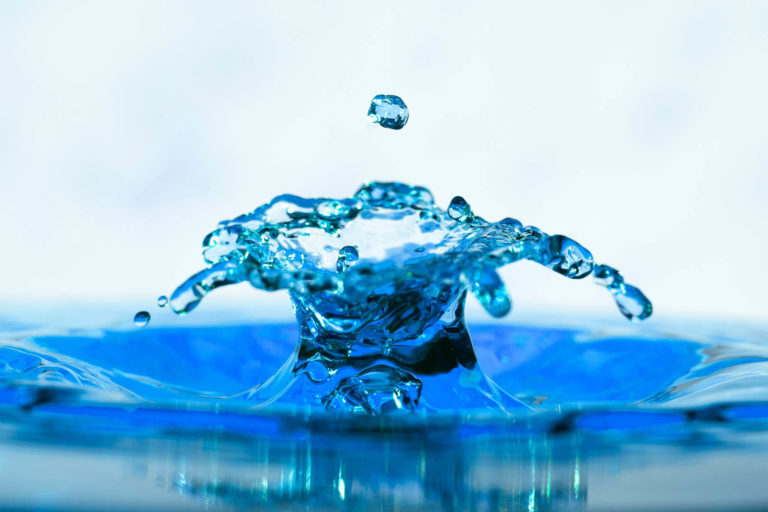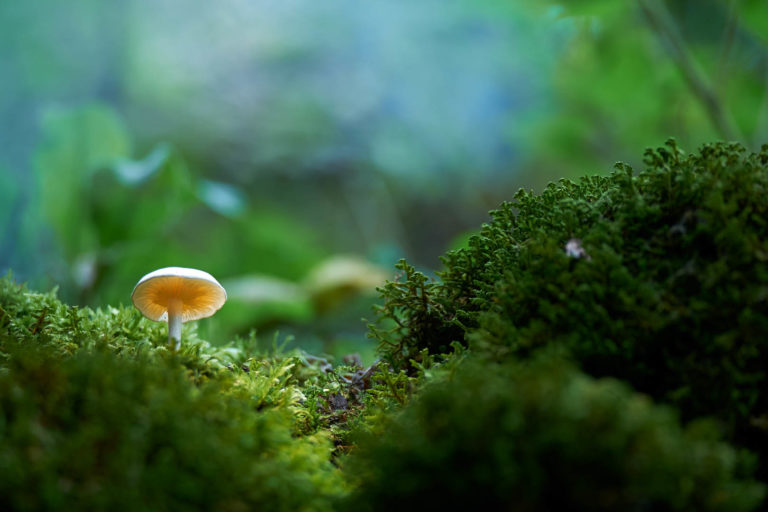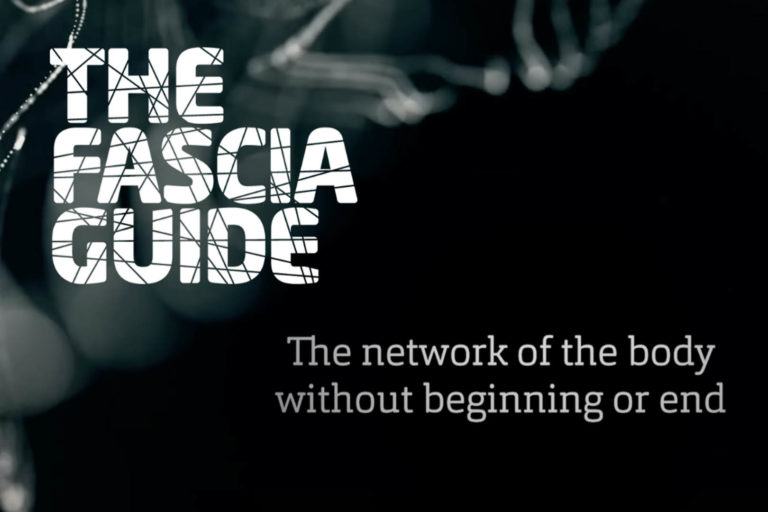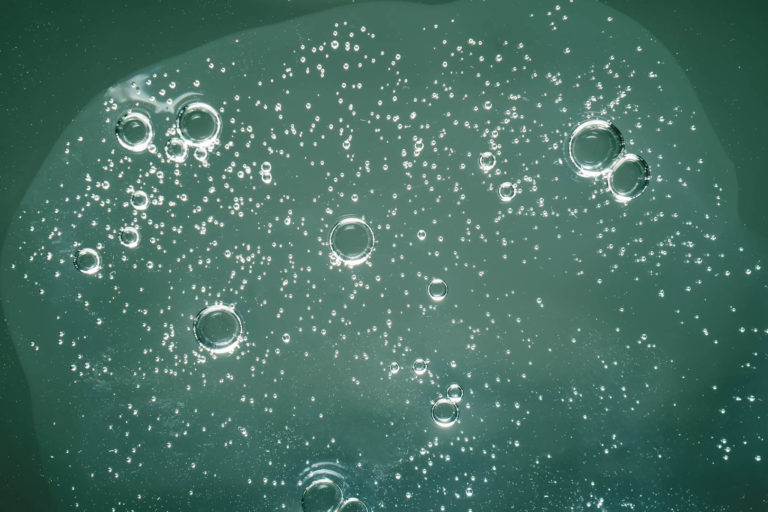

Vad består fascia av?
Vår kropp består av celler och det som är utanför cellerna, den extracellulära matrisen (ECM). De celler som finns I fascian producerar, kontrollerar och underhåller alla de molekyler och komponenter som finns i ECM. Man kan säga att ECM består av två delar, en fast fiberdel och en flytande del som kallas grundsubstans.
Celler
- Fibroblaster – producerar kollagen, elastin, kolhydrater, signalproteiner, enzyme mm, allt efter de mekaniska krafter som fascian utsätts för, t ex tryck och vibrationer. Fibroblaster bygger upp, bryter ner, och underhåller ECM.
- Fasciacyter – producerar hyaluronsyra till grundsubstansen. Dessa ligger placerade nära, längs med ytskikten av fascians olika glidlager och även i endomysiet (det tunna fasciahöljet runt varje muskelfiber).
- Immunceller – T-celler, mast-celler, makrofager, lymfocyter mm.
- Myofibroblaster – Fibroblaster kan vid behov omvandlas till myofibroblaster, celler som har förmåga att kontrahera. Den egenskapen behövs vid läkning då till exempel ett sår ska dras ihop, så de deltar i den inflammatoriska processen.
- Telocyter – en ny cell som upptäckts i fascia och som presenterades 2016, av Cretoiu et al. En cell som är känslig för mekanisk stimulans och som verkar vara vital för många fysiologiska processer. Den verkar vara delaktig i kommunikation mellan celler. Fascia är ett kontinuerligt nätverk som snabbt förmedlar signaler mellan celler (Langevin 2006, Oschman 2003).
- Adipocyter – eller fettceller. Producerar fettvävnad (kroppsfett), vilket är en komponent i den lösa fascian. De lagrar energi och de har också en viktig endokrin funktion (hormoner).
Fiberproteiner
- Kollagen – Kroppens vanligaste protein. Typ I och III är de som man hittar mest av i fascia och de formar fibrer som ska motstå spänning/sträckning och kunna anpassa sig till den mekaniska kraft som vävnaden utsätts för. Kollagenfibrerna ger draghållfasthet (typ I starkast) och struktur till vävnaden.
- Elastin – Är ett mer elastiskt protein som ger elasticitet och spänst till vävnaden. Finns främst i elastiskt brosk, lös fascia, hud, lungor, kärlväggar, men även i mindre mängder i senor och ligament för att ge en återfjädrande, spänstigare egenskap till vävnaden.
- Reticulin – Formas av kollagen III fibrer. Skapar det mjukare kollagena nätverket kring organ och i endomysiet runt varje muskelfiber.
Grundsubstansen
Den flytande delen av fascia. Huvudbeståndsdelar är HA och andra GAG, och PG.
- Glukosaminoglycaner – GAG – långa, stora polysackarider uppbyggda av sekvenser med disackarider. Resorberar stora mängder vatten. Tillsammans med kollagenets styrka ger GAG egenskaper att stå emot compression. Inkluderar hyaluronsyra, kondroitinsulfat, dermatansulfat, heparansulfat, heparin and keratansulfat.
- Proteoglykaner – PG – bildas då GAG binds till en proteinkedja. Peptider som binder vatten. Ger stötdämpande egenskaper.
- Hyaluronsyra – HA – Hyaluronsyra (är trots namnet inte en syra) klassas som en icke svavelhaltig GAG. Det är kroppens största polysackarid och hittas i alla ryggradsdjur.
- Linkproteiner – till exempel integriner, kopplar ihop molekyler I ECM, t ex kollagen, med aktinfibrer inuti cellerna, cytoskelettet, cellernas skelett..
- Kollagenas – Ett enzyme som bryter ner och delar på kollagenmolekyler. Produceras av fibroblaster då det behövs.
- Integriner – Linkproteiner i cellmembranet gör så att molekyler i ECM kan fästa till cellerna. Skapar kommunikation cell till cell och ECM till cell. Aktiverar signalomvandling från ECM via cellskelettet till cellkärnan.
- Growth factors – Tillväxtfaktorer, signalmolekyler mellan celler, t ex cytokiner och hormoner. Stimulerar och reglerar cellfunktion, som t ex celltillväxt och celldelning. De binder till specifika cellreceptorer på målcellernas yta.

